From crop by-products (PPTT) such as rice husks, straw, corn stalks, banana trees... instead of throwing them away, people in localities in the province have taken advantage of them to make raw materials for raising earthworms, fertilizers, especially as animal feed. Taking advantage of PPTT has brought double benefits by helping people save production costs, proactively providing animal feed while overcoming environmental pollution.
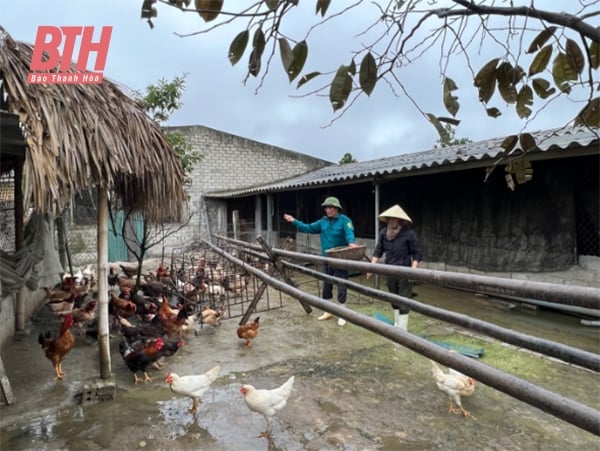
PPTT is a by-product arising from care, harvesting and preliminary processing activities in the field of cultivation. In which, the largest proportion of by-products is straw, followed by by-products from rice production such as rice husks, bran, for corn, the main by-products are cobs, leaves, and various vegetables, the main amount of field waste is the old stems and leaves left after harvest. From available by-products, people have used methods of grinding, fermenting, drying... to store, creating a source of food with high nutritional value for livestock.
At the integrated farm in Quang Hop commune (Quang Xuong), Ms. Nguyen Thi Hoan is currently raising more than 1,000 chickens. For many years, to save on raising costs, with the corn growing area on the farm, she has taken advantage of the stalks, leaves, and corn kernels that do not guarantee quality and ground them into finely ground corn to feed the chickens. According to Ms. Hoan, corn is one of the main sources of raw materials for processing animal feed, providing nutritional value for livestock and poultry. Accordingly, 1 kg of corn stalks contains from 600 to 700 grams of protein and about 320 grams of fiber, which can be fed directly to chickens or fermented for long-term preservation, while corn kernels can be ground and mixed with rice bran to feed chickens. In addition, she also uses by-products from green vegetables on the farm as chicken feed.
According to Ms. Hoan, in the context of high feed prices as present, utilizing by-products from farming can be considered an effective solution to reduce production costs while still ensuring the quality of the animals raised. After about 4 months of raising, chickens can be sold for meat and after 6 months, the chickens will lay their first batch. Although raising chickens using this method requires a lot of care, it has more benefits than raising them using industrial feed such as: chickens grow quickly, have yellow skin, firm, delicious meat, and are favored by consumers. In particular, the waste does not have a foul odor, limiting environmental pollution.
In addition to being used as chicken feed, corn stalks are also nutritious food for cows through the silage method. Ms. Le Thi Tram in Hoang Dong commune (Hoang Hoa) said: To create a source of food for her family's cows, in addition to growing grass for livestock, she also combines silage with corn stalks and straw to proactively source food for livestock, especially in winter. After being silaged, the food will increase its nutritional value, crude protein content, increase the digestion rate, help cows eat more and produce higher productivity. In addition, the silage method is also easy to implement, taking advantage of available conditions in the livestock area such as built tanks, empty pens, plastic barrels... using some ingredients mixed with straw, then compacted tightly, not allowing air to enter.
Currently, the price of animal feed is high, the method of utilizing PPTT is widely applied by livestock farmers in localities in the province. From corn stalks, cobs, straw, vegetables... people cut them into small pieces, dry them, and ferment them, which can take advantage of available raw materials, low investment, and still ensure nutrition for livestock and poultry. In addition, utilizing PPTT by drying them as animal feed is a way to help people store them for a long time, especially to proactively source food for buffaloes and cows in the cold rainy season. However, the number of livestock households using feed processed from PPTT is still small compared to actual needs because people do not fully understand the techniques of processing, mixing, and preserving feed...
To process animal feed from PPTT effectively, the Agricultural Service Centers of districts in the province need to focus on organizing training for people on PPTT processing techniques, from cutting short, drying, drying, grinding to alkaline treatment for easy digestion by livestock, or the method of fermenting to preserve food for a long time without losing nutrients. When mixing bran, farmers need to master the techniques, choose quality ingredients, and determine the nutritional ratio requirements for each type of livestock at different stages. At the same time, promote information, propaganda, and introduce models of effective PPTT utilization for farmers to learn.
Article and photos: Le Ngoc
Source



![[Photo] Lam Dong: Images of damage after a suspected lake burst in Tuy Phong](https://vphoto.vietnam.vn/thumb/1200x675/vietnam/resource/IMAGE/2025/11/02/1762078736805_8e7f5424f473782d2162-5118-jpg.webp)



![[Photo] President Luong Cuong receives US Secretary of War Pete Hegseth](https://vphoto.vietnam.vn/thumb/1200x675/vietnam/resource/IMAGE/2025/11/02/1762089839868_ndo_br_1-jpg.webp)
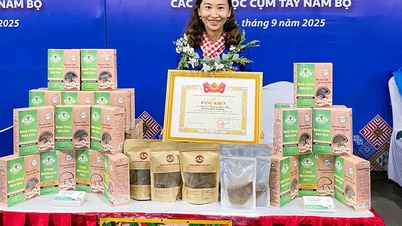

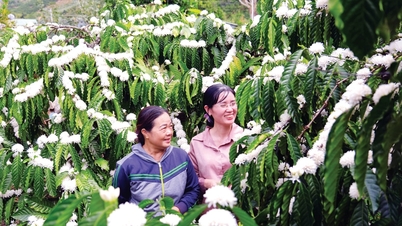

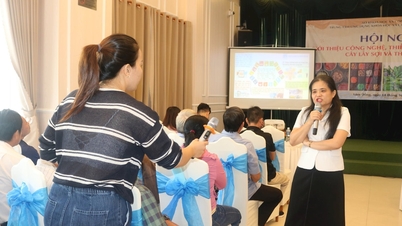







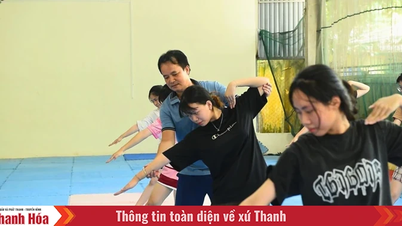
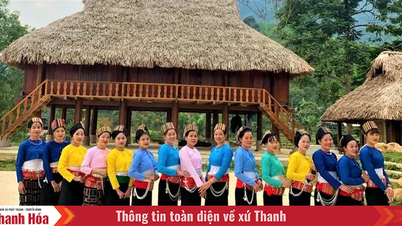
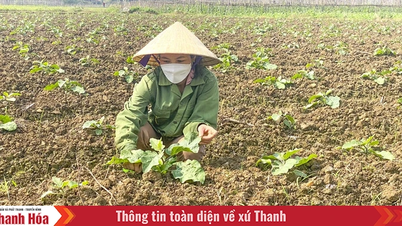






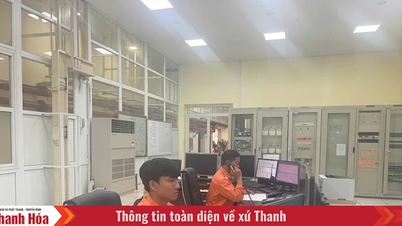
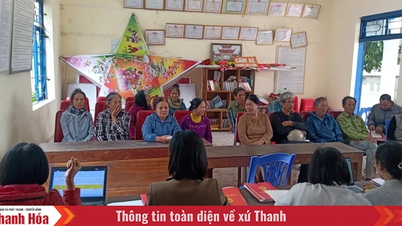
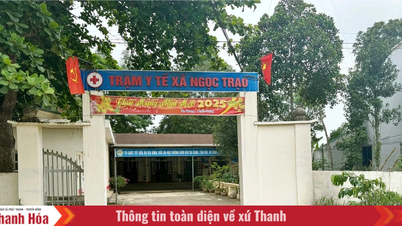
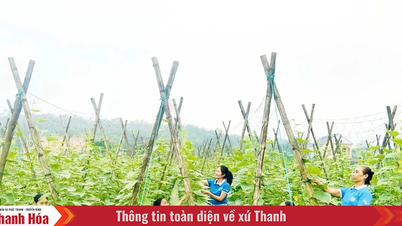


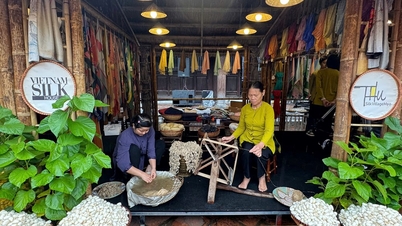



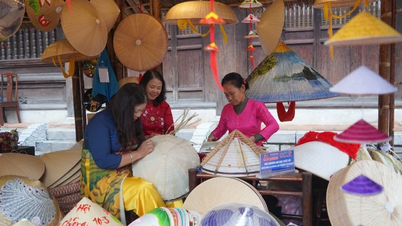

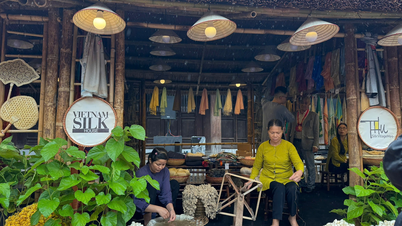



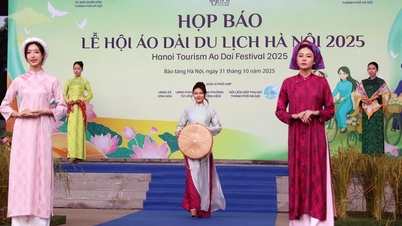



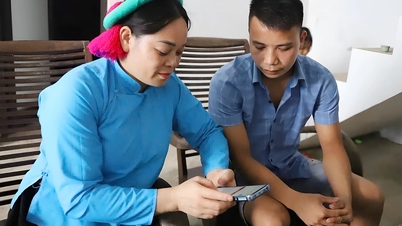




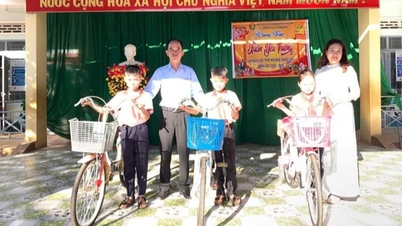


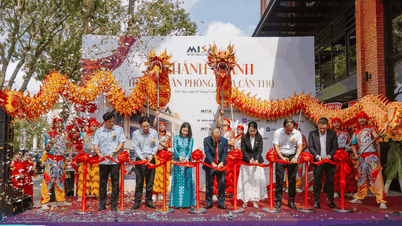


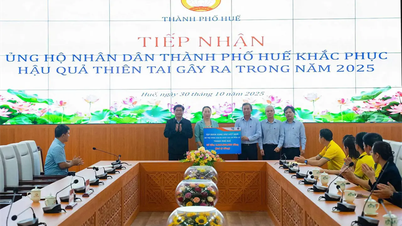
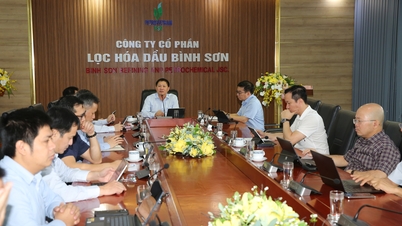
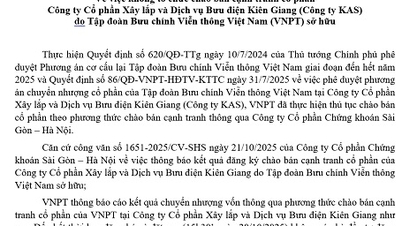









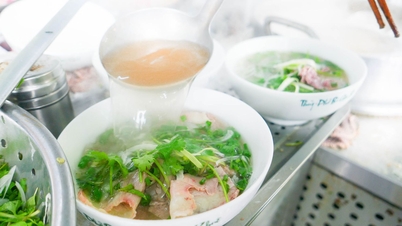

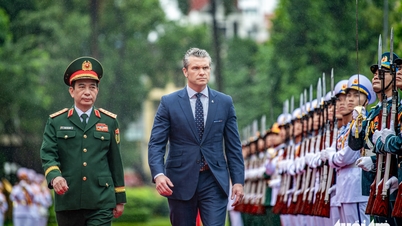
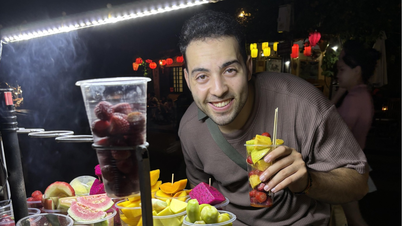








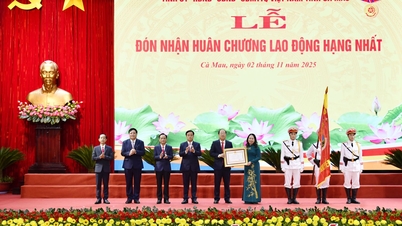

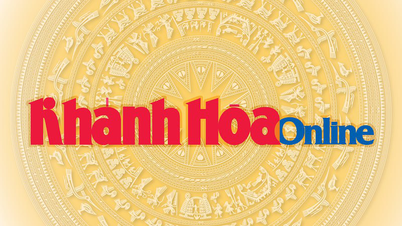

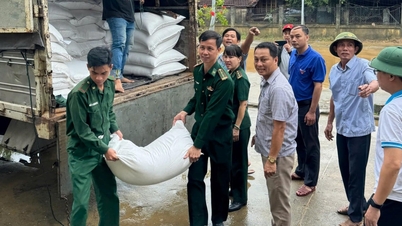

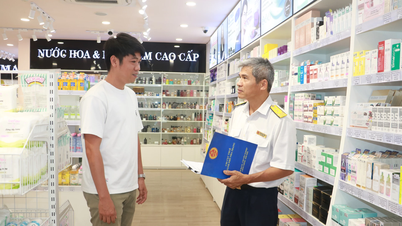
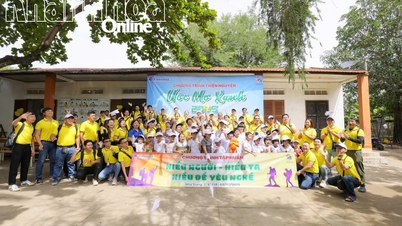
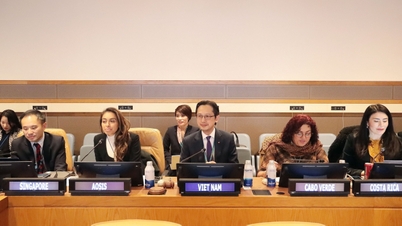


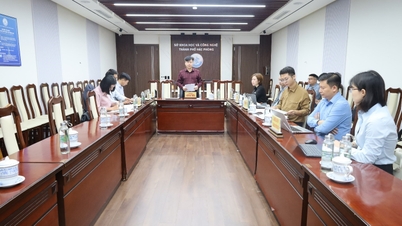

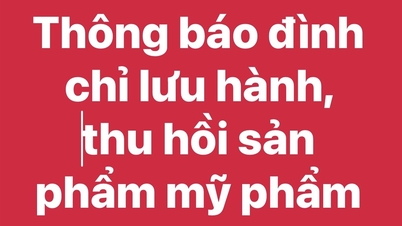

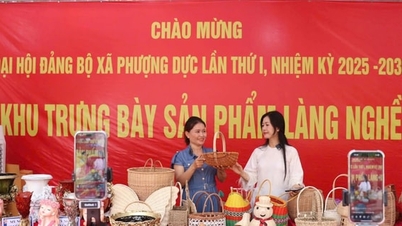








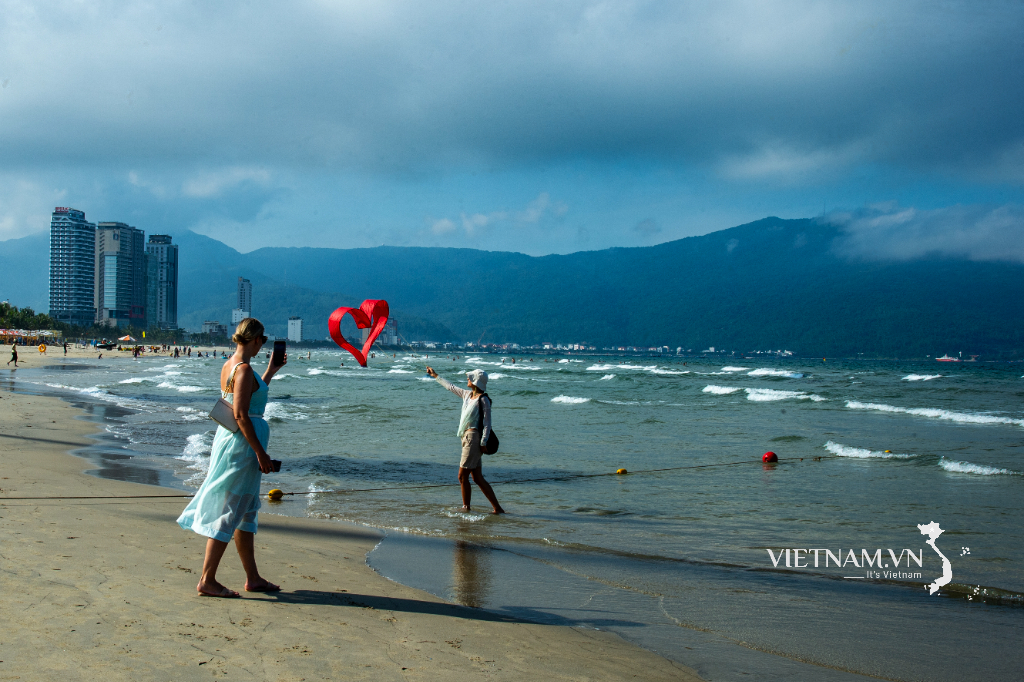


Comment (0)